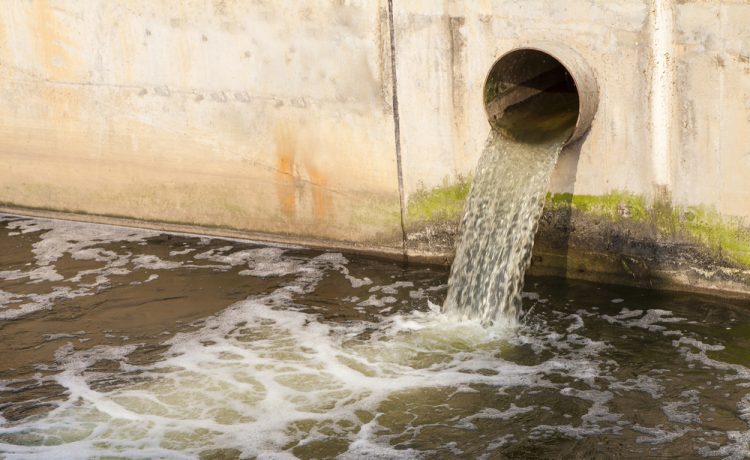For decades, veterans and their families have been grappling with the health consequences of their time at Camp Lejeune. It’s a story of contamination, illness, and a battle for justice that’s far from over.
The water supply at Camp Lejeune was tainted with industrial solvents and other contaminants from the 1950s through the 1980s. It’s now recognized as one of the largest water contamination incidents in U.S. history.
The fallout from this disaster has been immense, with thousands of veterans and their family members falling ill. The government’s response, however, has been slow and fraught with controversy. This article delves into the ongoing saga of Camp Lejeune claims.
Even as the wells were shut down in 1982, the long-term health consequences persisted, with many individuals developing illnesses years after their exposure. This disturbing latency period between exposure and disease manifestation has posed significant diagnostic and treatment hurdles.
The Department of Veterans Affairs (VA) took until 2012 to officially recognize that specific medical illnesses are associated with exposure to the Camp Lejeune water supply. To this day, legal and bureaucratic difficulties persist for former residents in their pursuit of Camp Lejeune claims, illustrating the continuing struggle with the fallout from this catastrophic event.
The saga of the Camp Lejeune water crisis underscores the importance of ongoing vigilance and the enforcement of strict environmental standards. While the historically contaminated wells have long been closed, its effects remain a bleak reminder of the perils of negligence and lack of oversight in essential areas of public health. This history underlines the need for continued progress in addressing and managing the consequent health challenges.
History of Camp Lejeune Contamination
The tale of the health crisis at Camp Lejeune can be traced back to the mid-twentieth century. It’s a story steeped in negligence and a lack of oversight. From the 1950s to the 1980s, the water supply at Camp Lejeune was tainted due to the improper disposal of highly toxic industrial solvents. Trichloroethylene (TCE) and perchloroethylene (PCE), two dangerous volatile organic compounds, played a significant role in this contamination. These compounds are known to be carcinogenic, meaning they have the potential to cause cancer. The industrial solvents, in addition to other pollutants, infiltrated the area’s groundwater, ultimately contaminating the base’s water supply system. The contamination at Camp Lejeune went undetected for decades. It’s alarming to realize that thousands of servicemen and their families were unknowingly consuming and using contaminated water during this period. The contamination was, unfortunately, only discovered in 1982 when volatile organic compounds were detected in the water supply. On the basis of a report in 1982, the offending water wells were finally shut down. However, the damage was already done. More than 30 years had passed, and the individuals situated at the base during that time had been exposed to dangerous levels of carcinogens. Over the years, many veterans and their families began developing illnesses linked to the contamination. While it’s difficult to directly attribute these ailments to the water contamination, the striking number of cases hints at a strong connection. Today, the Camp Lejeune water crisis is considered one of the most significant incidents of water contamination in the United States history. The aftermath of this calamity persists, and many former residents of Camp Lejeune continue to struggle with health issues that may be linked to the water crisis. The subsequent handling of Camp Lejeune claims has been a point of controversy and brings forth a myriad of challenges that are yet to be fully addressed. Unfortunately, for numerous affected individuals, their plight is less about making claims and gaining compensation, but rather an ongoing fight for acknowledgment and justice.Health Consequences for Veterans and Families
The extent of the health consequences for those exposed at Camp Lejeune is staggering. Long-term residents of the base, including thousands of servicemen and their families, drank, cooked, and bathed in tainted water. This unwitting exposure to carcinogens compounded over time, leading to a variety of health complications, some of which only surfaced years later. The range of illnesses associated with Camp Lejeune’s contaminated water includes, but is certainly not limited to, several forms of cancer such as leukemia, bladder, and kidney cancer. Non-cancerous illnesses like liver disease, heart disease, and neurological disorders are also implicated. It’s important to highlight that the offspring of Camp Lejeune veterans weren’t spared either. Often, these children bore the brunt of their parents’ chemical exposure, developing serious illnesses in infancy and childhood. Many experienced health problems including birth defects, childhood leukemia, and developmental disorders.| Associated Illnesses – Adults | Associated Illnesses – Children |
|---|---|
| Bladder Cancer | Childhood Leukemia |
| Kidney Cancer | Birth Defects |
| Leukemia | Developmental Disorders |















